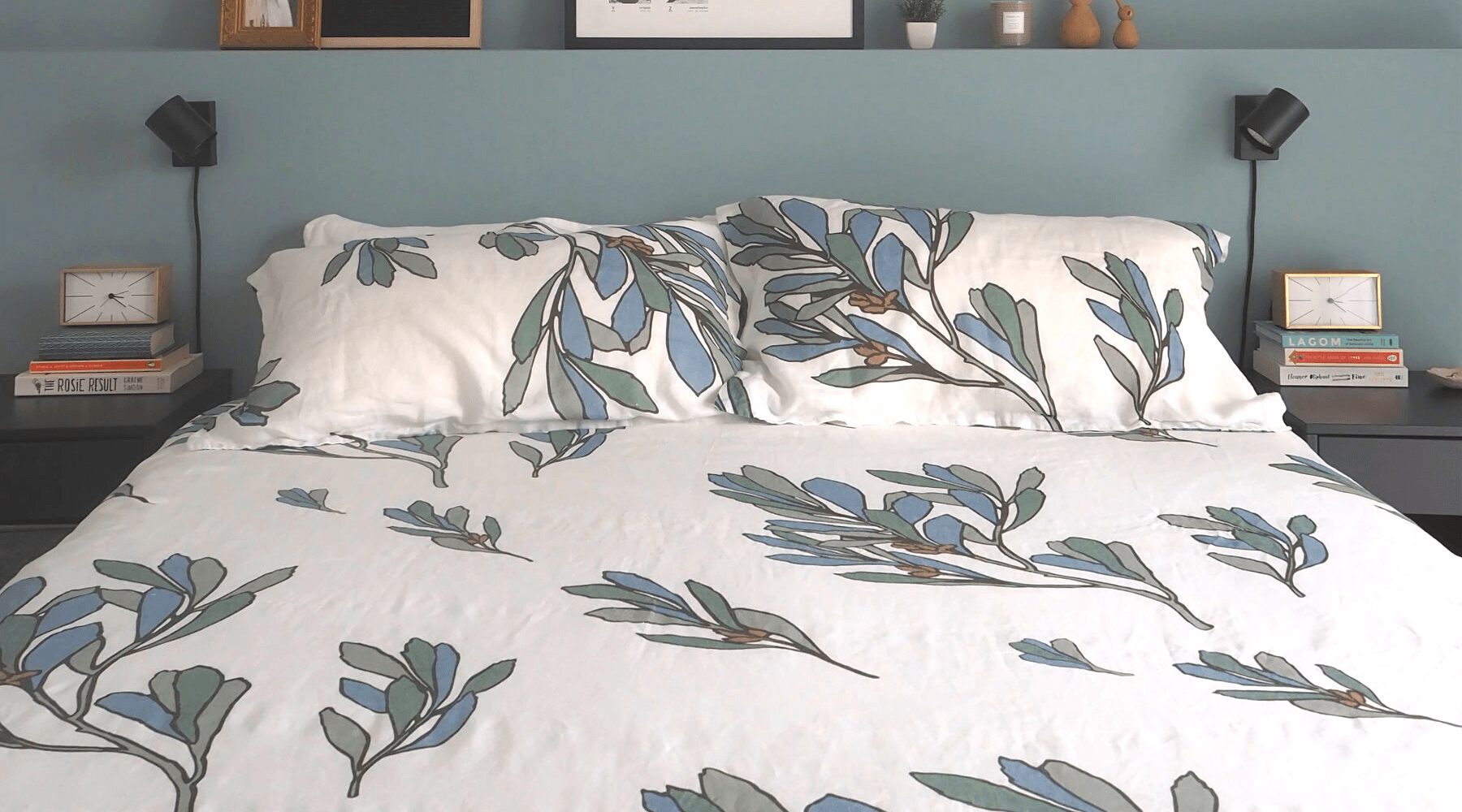
The Difference Between a Duvet and a Comforter
...And Why a Duvet Might Be the Best Choice for Your Bedroom
Is it a duvet, or is it a comforter? Many people use these words interchangeably, but in the bedding industry, they mean different things. And when you’re shopping for your own bedroom, it pays to know the difference. In this post, we’ll help you understand what makes a duvet a duvet and a comforter a comforter, and explain why here at The Modern Dane, we tend to take the side of the duvet.
What is a duvet?
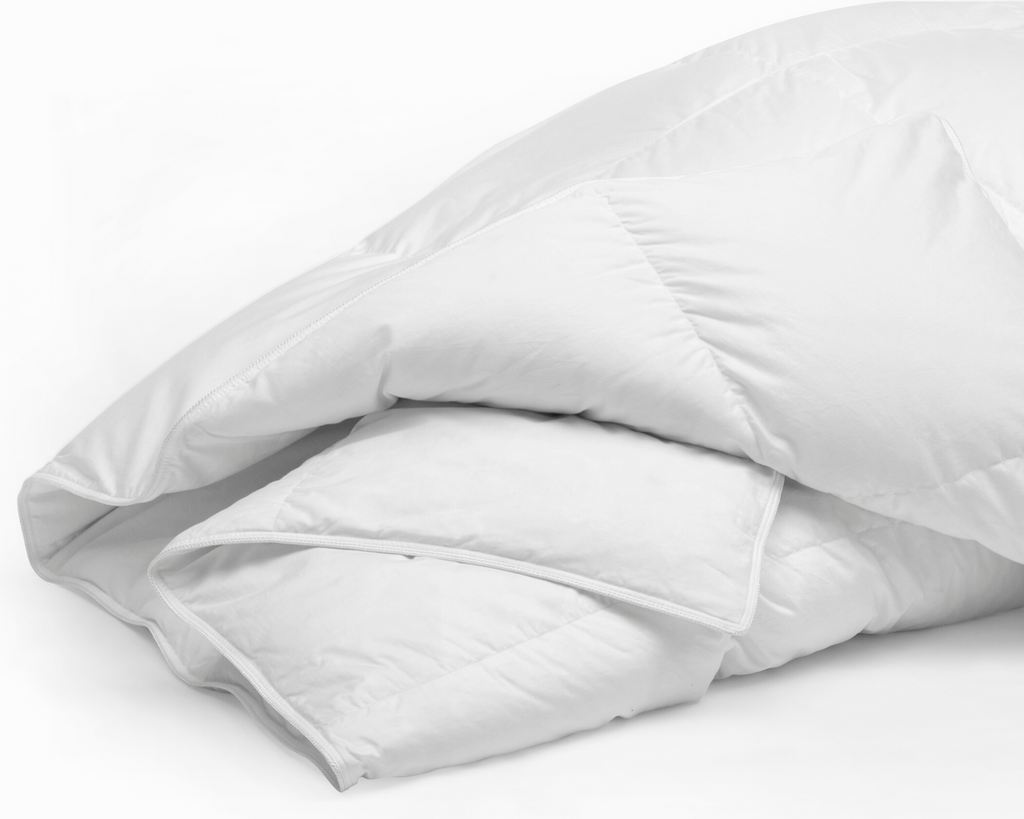
Whether you call it a duvet (meaning “down” in French), a doona (from the Swedish word dun, also meaning down), or a continental quilt, this piece of bedding is a flat bag filled with down, feathers, synthetic material, or a combination of these and other materials. You may even find the duvet referred to as a “duvet insert,” which, albeit a redundant phrase since the duvet is the inserted part, points to the necessary pairing of the duvet with its cover.
Duvets originate from northern European and Scandinavian cultures—where warmth can be hard to come by—and are traditionally made with goose or duck feathers, with the highest quality pieces made from the down of the eider duck.
Duvet style notes: a duvet is usually not much larger than the bed itself, which creates clean visual lines, and gives one’s bedroom a modern, European look. Duvets are typically white or another light neutral color, which helps them disappear behind what they’re meant to be covered with (you guessed it)—duvet covers.
What is a comforter?
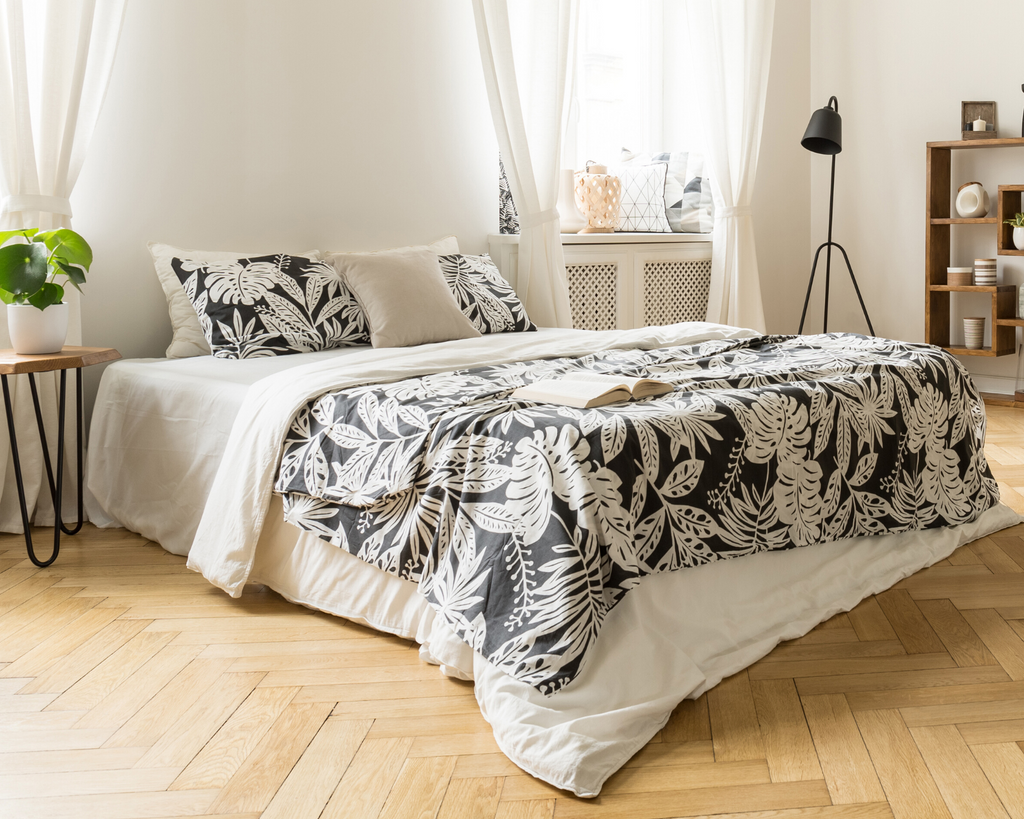
A comforter is an all-in-one alternative to the duvet and cover. Unlike the duvet, a comforter is often made with a fashion fabric exterior that isn’t meant to be covered, and is usually constructed with less fill. A comforter is used with a top sheet and sometimes added blankets for warmth. It is typically sized to hang over the sides of the bed.
For people who want to save money and time, a comforter can seem like a straightforward bedding choice. To make things even simpler, comforters often come in bed-in-a-bag collections, along with matching sheets, pillowcases, and shams, which can take all the guesswork (and experimentation) out of coordinating colors and designs. It’s a one-stop shopping experience, and there’s no need to take a duvet cover on and off.
Disadvantages of comforters
As easy as it may seem, choosing a comforter can mean some significant sacrifices in quality, style, and maintenance. Some of these may make you think twice about making the purchase.
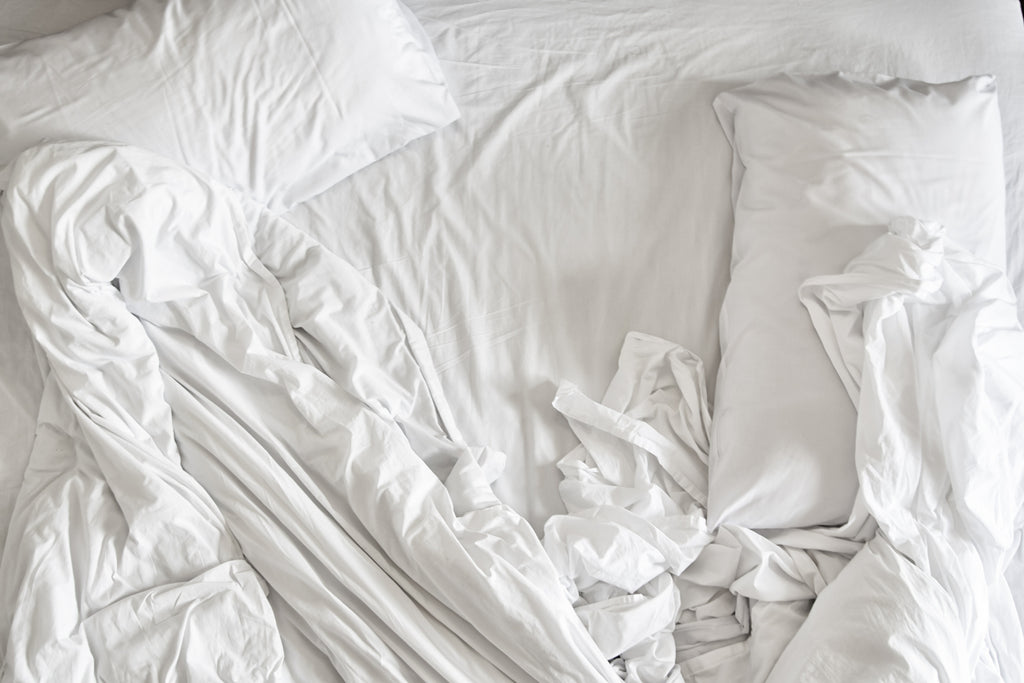
-
Comforters need a top sheet, and blankets
Comforters mean that making the bed will be more complicated. Since comforters are uncovered, they need to be used with a top sheet to keep them relatively clean. And because they tend to have less fill, they may need to be layered with one or more blankets in the colder months.
If you’re an active sleeper, all this layering can lead to middle-of-the-night frustration when sheet, blankets, and comforter get so jumbled that you have to wake up and sort out your bedding. To make matters worse, if you have a bed partner (or you are the bed partner) who is a cover-stealer, that late night bedding mess can cause a lot of confusion—and flare tempers.
-
Comforters need to be washed seasonally
Because comforters are used uncovered, they will need to be washed more frequently—seasonally as a general rule. And although some smaller comforters can be washed at home, larger ones will need to be dry cleaned or taken to a laundromat with large machines. With each subsequent washing, a comforter’s fill will become denser, which leads to flattening.
-
Comforters can leave you stuck with one style, and a lot of bulk
Comforter and sham sets can make bedroom design easy, but once you’ve chosen a pattern, you might feel stuck with it. If you’re a person who likes to change design styles, comforters can leave you feeling trapped in a mood you’re tired of. Creative bed-making can cover a design you’re not excited about, but if you opt for rotating comforters, blankets, and quilts, you can quickly add a lot of bulk to your linen closet.
Why choose a duvet?
It’s no secret that at The Modern Dane we’re partial to duvets. And although duvets can seem intimidating if you’ve only had experience with comforters, we think you’ll be curious to try one after reading about their advantages.
-
Duvets keep you warm
Because a duvet is typically thicker in construction than a comforter, it tends to keep you warmer. And when you pair your duvet with a thermoregulating cover fabric like linen, a duvet can help keep your temperature just right—paving the way for great sleep. However, if your seasons are distinctly hot and cold, consider a heavier duvet for the winter months, and a lighter one for the summer. We like this selection from Feathered Friends.
-
They’re easy to clean (and you don’t need a top sheet)
A duvet is also easy to keep clean when used with a cover, because the cover can be washed monthly, and protects the duvet so it only needs to be washed every few years.
This all leads to the lesser known fact about the duvet: you can drop the top sheet. In case you’re worried that this practice is somehow less hygienic, consider the fact that a duvet is completely protected by its washable cover, while a typical comforter is still exposed to your body on its outer surface (and most people don’t wash their comforters as often as they should). So when you choose a covered duvet, you’re actually opting for a cleaner sleeping experience. Another pleasant side effect: it’s easier to make the bed!
-
It’s easy to change your look
If you’re the type of person who likes change, a new duvet cover—or a rotating array of styles—can breathe new life into your bedroom, without the need to redecorate. If you don’t like the modern look of a typical duvet, you can borrow the more opulent look of an overhanging comforter by choosing a size up for your duvet cover and insert. Another perk: duvet covers are compact when folded, and take up less space than full bedding sets, so that your linen closet can accommodate a variety of design moods.
Worried about getting the cover on?
Let’s be honest. The thing that keeps most people from committing to a duvet is not knowing how to put the cover on. If that’s your situation, don’t worry. See our guide for easy (and easy to remember) ways to get your duvet cover on and off.
And if you’re ready to go the way of the duvet, check out our collection of European flax linen duvet covers—with Scandinavian nature motifs to satisfy a variety of style tastes—and our linen fitted sheets.





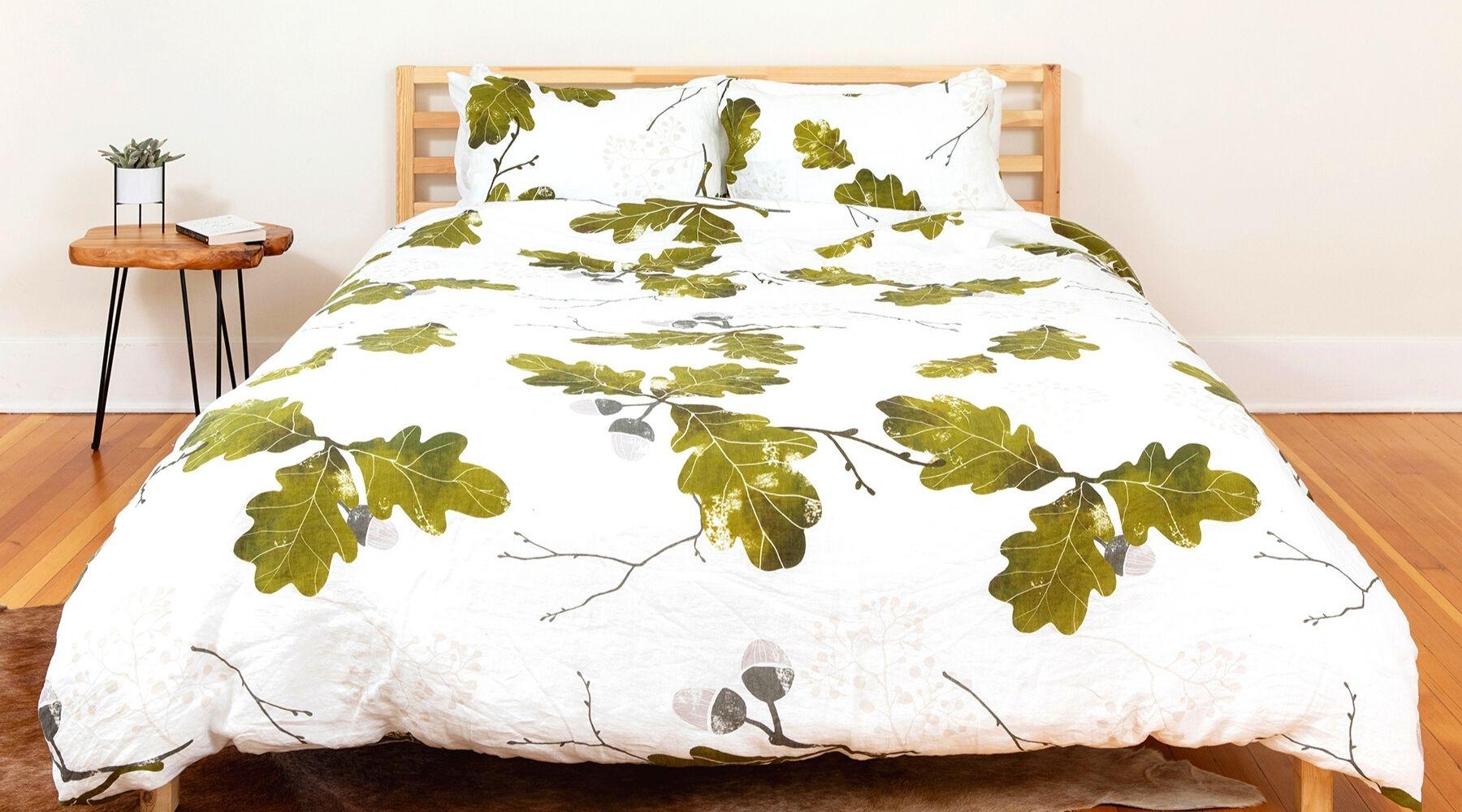

Leave a comment
This site is protected by hCaptcha and the hCaptcha Privacy Policy and Terms of Service apply.